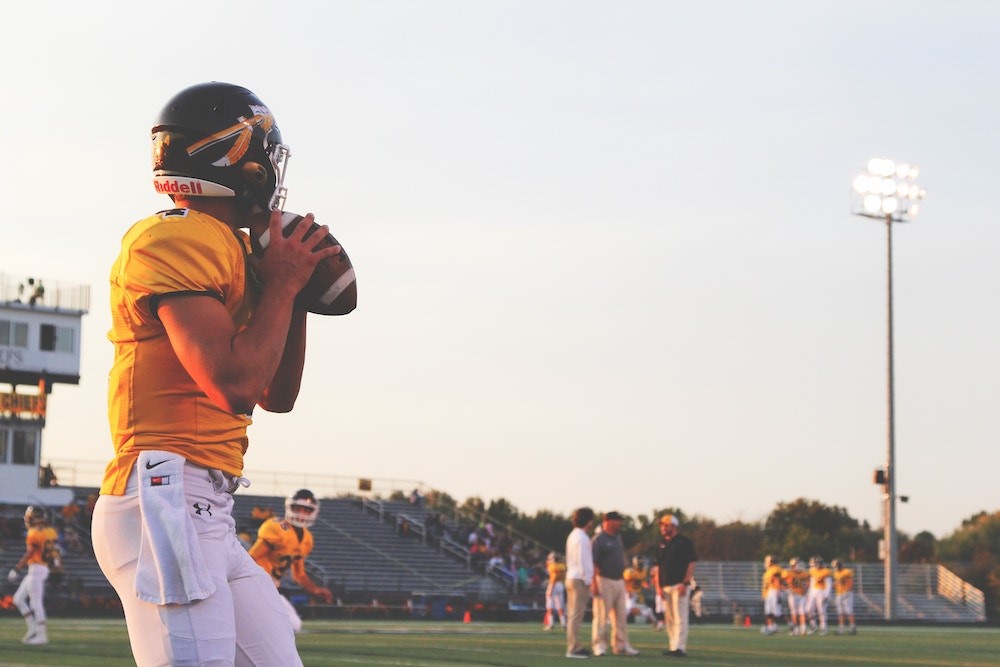
Image Source: Unsplash
Every year, there are over 3.5 million annual injuries among children and teens who participate in organized sports. While some sports are clearly more dangerous than others, every fitness and athletic activity comes with some risk of injury. Surprisingly, using exercise equipment results in the most injuries every year, followed by basketball, cycling, and football. Playground equipment is high on the list, too.
The protective gear needed depends on the activity. Some activities only require basic protective clothing, while others require more advanced protective gear. However much (or little) protective gear an activity requires, it’s important that what you wear is in good condition. Otherwise, it won’t provide the protection you need.
Types of Sports Injuries
There are two main types of sports injuries. Understanding what you’re at risk for is the first step to preventing it:
In addition to wearing the right protective gear to decrease the risk of injury, players and participants should be in good physical condition for the activity. Also, when it comes to contact sports, players should only compete against other players of similar stature and ability.
Basic Protective Gear
Specific protective gear is matched to specific sports because those sports pose unique risks. For example, concussions are most prevalent in football, which is why helmet technology is so important. If you don’t wear the correct protective gear, not only could you get hurt but you could also lose the chance to ever engage in that activity again. Let’s go over a few basic pieces of sports equipment:
Even though some protective gear is specifically designed for the sport being played, and that gear has been improved to provide more protection with less bulk, some professional athletes are still going into competitions wearing less than what’s safe. It brings up the obvious question of whether or not sports leagues should require (instead of suggest) players to wear a certain amount of protective gear. Not only can injuries like broken bones become expensive to treat and fix, but serious breaks and fractures can result in an infection or be difficult to set and reconstruct, which could end an athlete’s career.
Warming Up Before Exercise
It would be remiss to leave out the topic of warming up before exercise because it’s one of the top ways to prevent injury, along with wearing the right protective gear and being in good shape. Warming up doesn’t mean walking in place for five minutes, especially if you’re going to participate in a more intense activity afterward. A dynamic warm-up involves various strengthening and cardio exercises done at a reduced intensity to get your body prepared for the activity. Ultimately, you want to get your heart rate up and use a range of motion on your muscles and joints so they’re ready for the next phase.
Final Thoughts
Being in good physical condition and wearing protective gear that’s relatively new and meant for the specific sport will help protect players and participants from getting hurt. Pain or injury should never be ignored. If any injury is left untreated, it could result in even worse complications, like an infection. For minor injuries, parents and participants should know the RICE treatment, which stands for rest, ice compression, and elevation. Sports injuries should always be assessed by a professional, though – you never know if there’s a more serious injury underneath seemingly tame symptoms.
